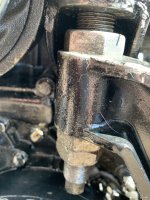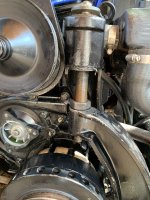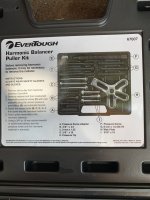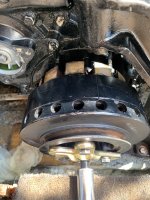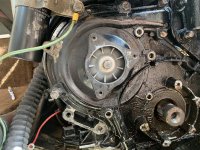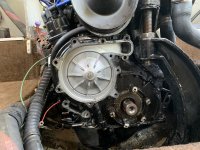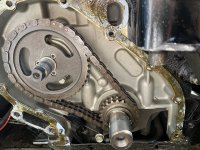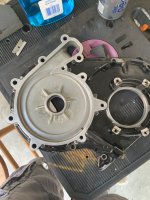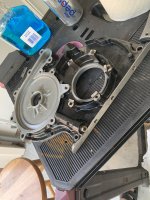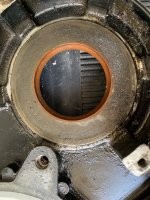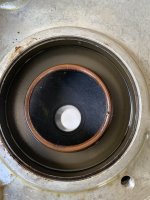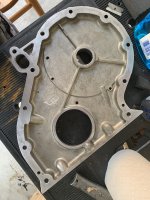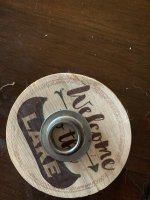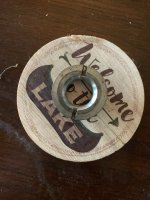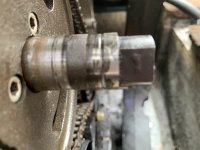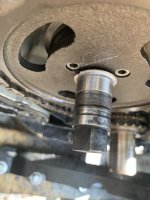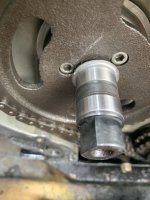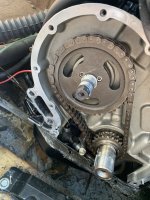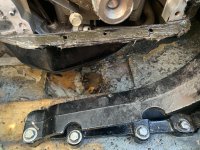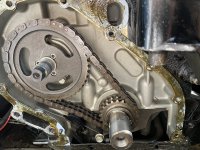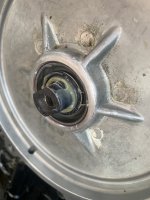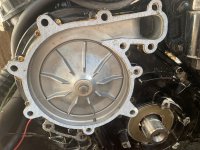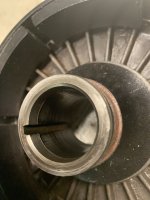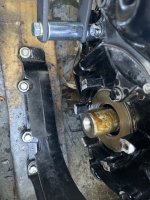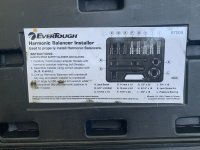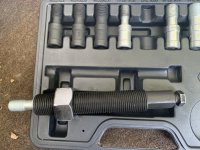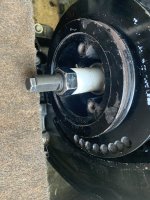This thread is an update of numerous threads, some more than ten years old with a wealth of information on replacing the cam seals in the veritable 470 engine, some of which may still be around. I added a little of my own insight and experience, but I owe a debt of thanks to all those posters who have gone before.
I ordered a 27-68714A7 gasket kit from boats.net. I ordered the 26-97530 water seals and the 26-67388 front crankshaft seal from a local mercury dealer, trying to stick with OEM on those as been suggested on an earlier thread. Best to have the parts on hand before you start this project as they are often back ordered. If you are just discovering the weep hole leak you probably have some time before the rear seal goes, so keep an eye on the oil on the dipstick and get the parts plus block some time to do the repair properly.
The sealant numbers have changed a little, but high strength locktite, or locktite red is equivalent to Loctite 8831, loctite 271 and loctite 263.
Quicksilver Perfect Seal is equivalent to Permatex Aviation form a gasket
I used Permatex sleeve retainer for the speedy sleeves.
The other sealants are as specified I believe, but here is a picture of what I used

The link to sterndrive.com is:
I ordered a 27-68714A7 gasket kit from boats.net. I ordered the 26-97530 water seals and the 26-67388 front crankshaft seal from a local mercury dealer, trying to stick with OEM on those as been suggested on an earlier thread. Best to have the parts on hand before you start this project as they are often back ordered. If you are just discovering the weep hole leak you probably have some time before the rear seal goes, so keep an eye on the oil on the dipstick and get the parts plus block some time to do the repair properly.
The sealant numbers have changed a little, but high strength locktite, or locktite red is equivalent to Loctite 8831, loctite 271 and loctite 263.
Quicksilver Perfect Seal is equivalent to Permatex Aviation form a gasket
I used Permatex sleeve retainer for the speedy sleeves.
The other sealants are as specified I believe, but here is a picture of what I used


The link to sterndrive.com is:




















